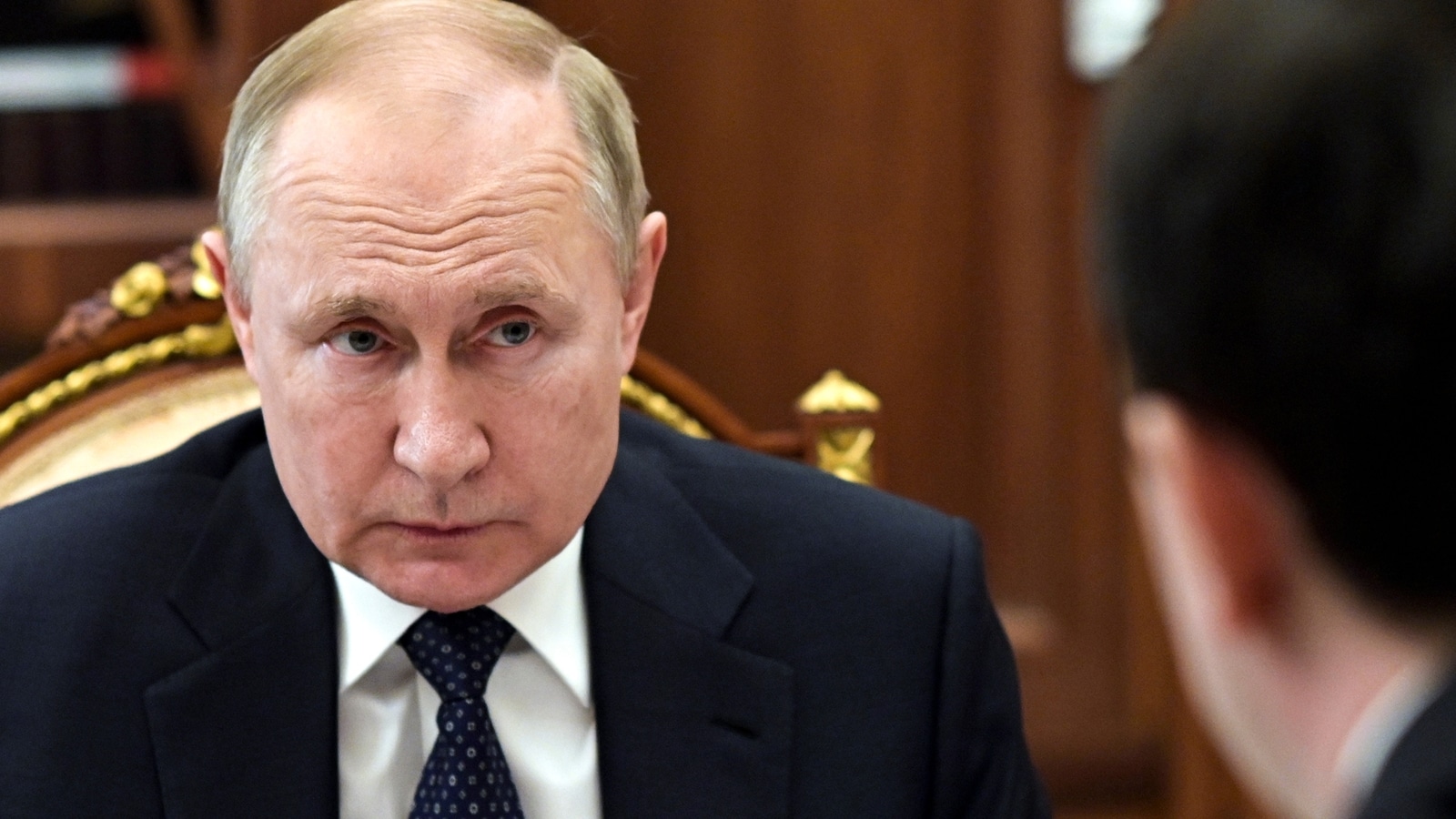Russian Ruble experience Decline, as Russian Central Bank focuses on other aspects of the Economy following
- Posted on April 11, 2022
- Editors Pick
- By Osinachi Gift

After a jaw-dropping rise in the Russian rubles, the
Russian Central Bank (RCB) slammed the brakes last week with an unannounced
interest rate cut, leading the ruble to fall. Russian assets nosedived as
military attacks across Ukraine prompted emergency central bank action and
additional sanctions from the U.S., wiping out almost $200 billion in
stock-market value and roughly a third of the sovereign debt’s value.
The ruble sank to a record low, the cost of insuring
Russian debt against default soared to the highest since 2009, and stocks ended
the main trading session down 33% -- their biggest-ever retreat. The Bank of
Russia said it will intervene in the foreign exchange market for the first time
in years and take measures to tame volatility.
In a press release, Russia’s Central Bank announced
lowering the key rate from 20% to 17%. The Bank of Russia said the ruble’s
recovery from severe losses in the days following the February 24 invasion had
decreased the risk of sharply higher inflation.
The ruble weakened 2% against the dollar after the
Russian apex bank cut its key policy rate. On Friday, it traded at 80 rubles to
$1, still around the level it was before the Ukraine invasion. Presently, the
ruble continues to trend bearish trading at 81.22 rubles to $1, indicative of a
2.27% loss within 24 hrs.
The Russian Central bank stated in the press release
that the “decision reflects a change in the balance of risks of accelerated
consumer price growth, a decline in economic activity and financial stability
risks.”
This means that the RCB’s performance on the exchange
rate front, which trickles down to minimize the danger of inflation, gives the
flexibility to encourage growth through interest rate reductions.
The Bank said, “The latest weekly data point to a
noticeable slowdown in the current price growth rates, including owing to the
ruble’s exchange rate dynamics. The tightening of monetary conditions already
in place is partly offset by the lending support programmes launched by the
Government and the Bank of Russia, but it will continue to limit
pro-inflationary risks.”
While the rate decrease indicates that the bank can
begin to reduce its most severe emergency measures, Russia’s economy may remain
in the grip of a terrible recession, according to projections.
According to Nairametrics, the ruble had gained 75%
against the US dollar in the past month and was 6% away from reaching YTD
levels. Despite the strength of the rubles, fears of economic construction
loom.
Manufacturing activity in Russia shrank at its fastest
pace since May 2020, the S&P Global purchasing managers’ index (PMI) for
Russia fell from 48.6 in February to 44.1 in March, with anything below 50
indicating contraction.
The European Bank for Reconstruction and Development
predicts a 10% drop in the Russian economy, the country’s worst in more than 30
years.
Fears of a Russian sovereign debt default have not
materialized, with the Kremlin successfully servicing a recent widely watched
bond payment despite the shackles of Western sanctions that have frozen large
sections of the central bank’s $640 billion foreign currency holdings.
An increase in borrowing costs may be off the table
for now, though a decision to hike rates in the future hinges on how the ruble
fares, according to Piotr Matys, a senior currency strategist at InTouch
Capital Markets Ltd. In London.
Should the ruble “relatively quickly reach and exceed” 100 against the dollar, the possibility of a rate hike may come into play, he said.
Currency options see more than a 50% probability of the ruble touching 100
per dollar in the second quarter, according to Bloomberg.
The pace and the scale of ruble depreciation will be crucial. Currency intervention is the first line of defense and the central bank amassed significant FX reserves to allow it to step in to slow down the pace of ruble depreciation. The second line of defense would be an emergency rate hike as witnessed at the height of the previous ruble crisis in 2014.


Be the first to comment!
You must login to comment